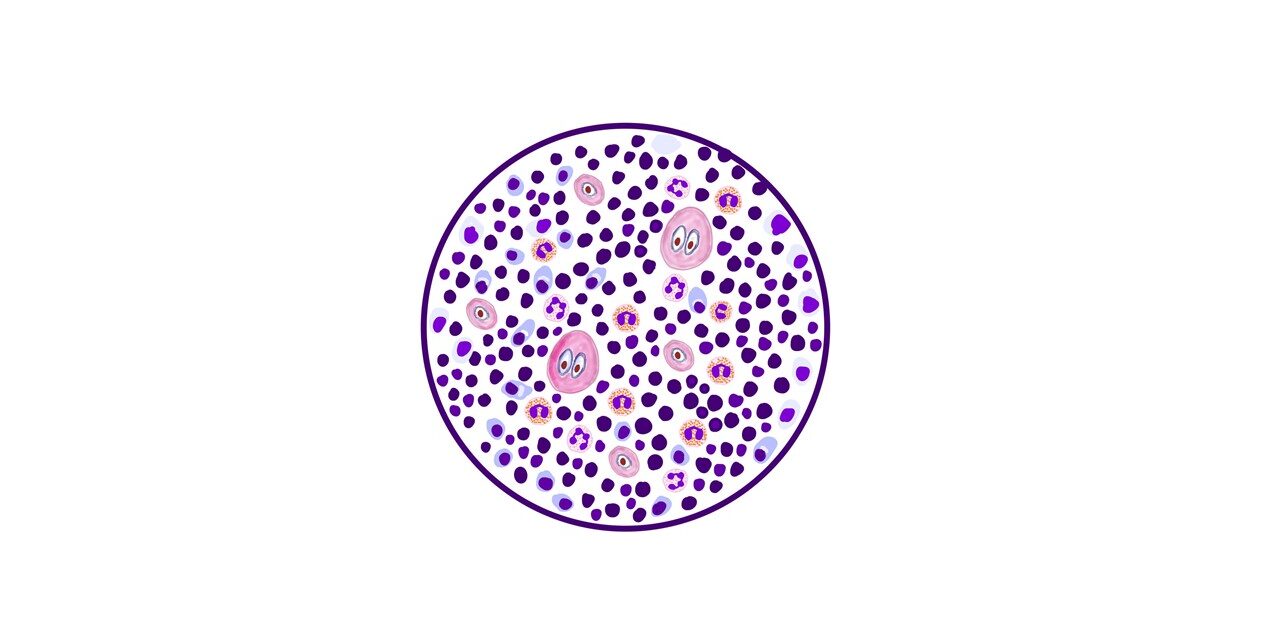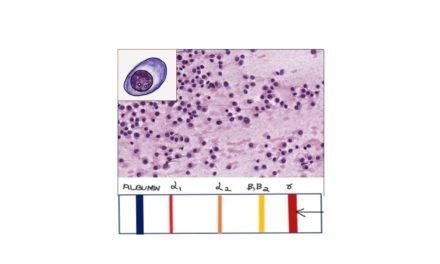REED STERNBERG CELLS
Reed- Sternberg cells are the hallmark cells found in Hodgkin lymphoma. These are large cells with distinct nuclear morphology and immunophenotype.
When these cells are mononuclear it is called as “Hodgkin cell” Named after Thomas Hodgkin, a British Physician and Pathologist who in 1832 described a lymphoid lesion which later named as Hodgkin disease and now it is renamed as Hodgkin Lymphoma
Dr. Dorothy Reed Mendenhall, American physician, pediatrician and public health specialist. She described a peculiar type of giant cell in Hodgkin disease in 1902, during her fellowship in Pathology at Johns Hopkins university school of medicine, which later recognized as Reed-Sternberg cells.
Sternberg, Carl: an Austrian pathologist in 1898 describes unusual cells in a lymphoid lesion. He called it as pseudoleukemic cells of tuberculosis. However later in 1902, Dorothy Reed emphasized that it is neoplastic origin and hence collectively these are named as Reed-Sternberg cells.
Based on the cytomophological features Reed_ Sternberg cells (RS Cells)are of different types/ variants.
General features: The Reed Sternberg cells are of B – cell lineage. Yet they have a characteristic immunophenotype with CD30+, CD 15+ and LCA -ve. These cells evade immunity and thus help in their survival and proliferation.
Classical R S Cell: A large cell often more than 50 μ in diameter with abundant eosinophilic cytoplasm. it is Binucleated ( mirror image like) with a prominent eosinophilic ‘inclusion like’ nucleoli. The nuclei can also be multilobated.
Mononuclear variant/ Hodgkin cell: large cells with single round to oval nucleus with a prominent eosinophilic nucleoli.
Lacunar cells: These cells have a lobulated nuceli with prominent nucleoli and have pale cytoplasm. However, as a result of fixation artefact, the cytoplasm is often retracted and create a space surrounding it / lacunae like spaces. Hence these are called as Lacunar cells.
Mummified cells: Cells with condensed cytoplasm and a pyknotic nuclei.
Pleomorphic RS cell: These cells have multiple irregular nuclei with prominent eosinophilic nucleoli.
Lymphohistiocytic variant: these cells have small nuclei with lobulated nucleus which resembles that of popcorn kernel and hence also known as “popcorn cells’ . The nuceoli is small unlike the other variants.






